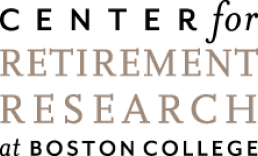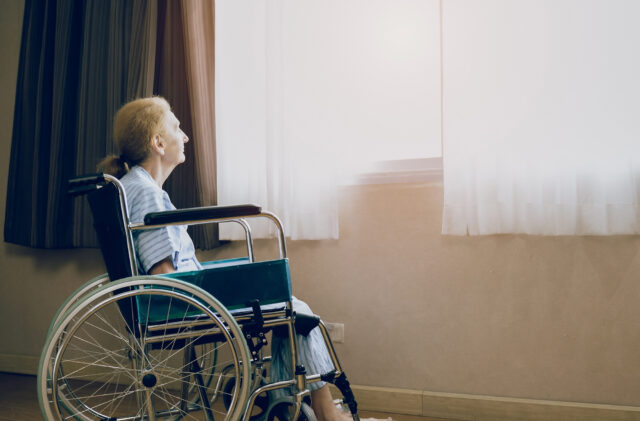
How Do Retirees Cope with Uninsured Medical and Long-Term Care Costs?
Introduction
Even the best-laid plans can go awry. Individuals face many hurdles to adequate planning for retirement and, even when precautions are taken, they may be overwhelmed by a big enough shock. In particular, large medical and long-term care (LTC) spending shocks can devastate retirees’ hard-won finances. What, then, do individuals and households do when first-line plans to deal with healthcare costs fail? This paper studies the consequences of large out-of-pocket (OOP) medical and LTC shocks on retired households to explore this question, focusing on the Medicare-eligible population of over 65-year-olds. A large shock represents a failure of insurance to insulate the household from the healthcare expenditure, either because of lack of coverage (typical for LTC) or because of cost-sharing in existing insurance (typical in health insurance).
The analysis has two parts. First, it presents results from a recent survey dealing with healthcare shocks in retirement. This paper focuses on a small selection of questions from the survey, demonstrating what individuals believe their fallback options are after a healthcare shock. The analysis then turns to the Health and Retirement Study (HRS), a large longitudinal survey, to estimate how households actually fare following a large healthcare expenditure. We examine the years 2002-2016. Throughout, we use “healthcare” to refer to any health-related costs, whether they involve periodic medical care or long-term care.
A medical shock is defined as an expenditure in the top ten percent of medical OOP expenses in a given year. These costs are comprised of payments to doctors, hospitals, dentists, and for outpatient surgery and prescription drugs. Because OOP LTC spending is relatively rare, an LTC shock is defined as having any positive spending on nursing home or home care. To analyze the effects of such shocks, the analysis must contend with the fact that households bearing such large OOP costs are not similar to households spared these shocks. In response, we follow the methodology described in Fadlon and Nielsen (2021), comparing households that experience a shock in a given year to households that will experience the same shock four years in the future. The assumption here is that the exact timing of the shock is random, even if the type of households that experience such shocks is not. The approach yields a difference-in-differences estimate of the causal effects of such shocks.
Briefly, we find that LTC shocks lead to drawdown of home equity; reduction in bequest expectations; and, above all, increased reliance on Medicaid. In contrast, large medical shocks seem to be borne by individuals without severely impacting their retirement trajectories; the effect of such shocks is limited to reductions in expected bequests. These patterns match individual perceptions of relying on Medicaid in case of large shocks; however, individuals seem not to anticipate the need for drawing down home equity. Overall, results point to medical shocks being relatively well-insured while individuals are still exposed to meaningful LTC risk. The results are also consistent with prior work showing that bequests may serve a double role as desirable transfers to the next generation if possible, but also as a cushion to self-insure LTC shocks if necessary (Poterba, Venti, and Wise 2011 and Lockwood 2018).








